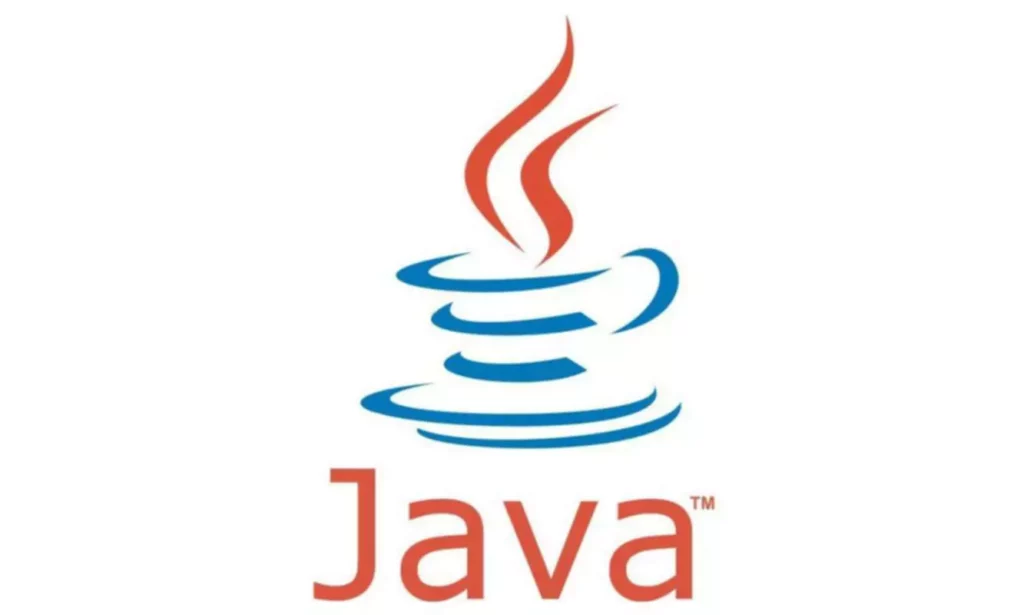Your reply ought to highlight the major architectural modifications between EF 6.x and EF Core, together with efficiency improvements, cross-platform support, and modifications in function set. Discuss the pros and cons of various testing strategies and which ones you like in numerous situations, displaying that you’ve practical experience with testing EF code. Your answer should explain how implicit and express transactions work in Entity Framework, including the usage of TransactionScope and DbContext’s Database.BeginTransaction method. In your reply, evaluate and distinction LINQ to Entities and Entity SQL in terms of syntax, type safety, readability, and efficiency. Employers ask this query to gauge your familiarity with completely different question approaches in Entity Framework. Understanding multiple question methods shows versatility and depth of experience with the framework.
It takes duty for opening the connection, executing the command, handling the transaction to make sure knowledge integrity, closing the connection, and so on. So, in simple words, we can say that the ORM Framework eliminates the need for most of the data entry code we generally write. Entity Framework Core (EF Core) is an open-source, lightweight, extensible, and cross-platform model of Microsoft’s well-liked Entity Framework data access expertise. It is designed to work with .NET Core and .NET Framework purposes and supplies an Object-Relational Mapper (ORM) that allows .NET builders to work with a database using .NET objects. It eliminates a lot of the data-access code that builders normally need to write.
Efcoremd
They want to know if you grasp the core idea of what EF is and its position in software growth. This question units the stage for extra detailed technical questions that will comply with. One where your expertise with knowledge entry technologies like Entity Framework are valued. Let’s make certain you’re prepared to indicate precisely what you’ll have the ability to https://deveducation.com/ deliver to the table.
Part 5 Working With Saved Procedures, Views, And Raw Sql
This is a new technology for accessing the data for Microsoft utility. That means the Entity Framework eliminates the necessity to write the data-access code that developers often want to put in writing. Dapper is a micro-ORM for .NET, initially developed by Stack Overflow to handle high-performance database queries with minimal overhead. Use the EF Core Database First Method if you have an current database and database tables are already there.
This library implements the common ADO.NET abstractions for connections, instructions, knowledge readers, and so forth. We advocate utilizing the daily builds to get the newest code and supply feedback on Microsoft.Data.Sqlite. These builds comprise latest options and bug fixes; previews and official releases lag significantly behind. Most people use EF Core by putting in pre-build NuGet packages, as proven above.

ORM instruments improve developer productiveness by lowering the redundant task of performing CRUD operations against a database in a .NET Application. Entity Framework (EF) is an open source2 object–relational mapping (ORM) framework for ADO.NET. It was initially shipped as an integral part of .NET Framework, however starting with Entity Framework version 6.zero it has been delivered individually from the .NET Framework. Nonetheless, for these looking to improve performance additional, dotConnect optimizes both—enhancing Dapper’s effectivity and fine-tuning EF Core’s ORM workflows. Point Out each advantages and potential challenges when migrating from older variations to EF Core, exhibiting that you just perceive the sensible implications of these modifications. This question exams your consciousness of the evolution of Entity Framework and your ability to adapt to new versions.

What Kind Of Experience Do You Wish To Share?
However, it can be used independently or with other data access libraries. For a full tutorial configuring the DbContext, defining the mannequin, and creating the database, see getting started in the docs. Whereas EF Core reduces the necessity for handbook SQL, improper DbContext management can lead to efficiency points. Go through these questions again earlier than your interview, think about your individual experiences with Entity Framework, and follow explaining your solutions out loud.
- Your reply ought to clearly explain every strategy and whenever you may choose one over the others.
- This query exams your information of integrating Entity Framework with present database belongings like stored procedures.
- This query checks your data of Entity Framework’s data loading strategies and efficiency considerations.
- Employers wish to see when you understand the trade-offs between different approaches and might select the right one based on project necessities.
- Dapper could additionally be higher if an application calls for most performance and raw SQL control.
It supports LINQ queries, change tracking, updates, and schema migrations. EF Core works with SQL Server, Azure SQL Database, SQLite, Azure Cosmos DB, MariaDB, MySQL, PostgreSQL, and different databases by way of a provider plugin API. Entity Framework Core stays a best choice for enterprise purposes and initiatives where structured ORM workflows simplify growth. While raw SQL instruments like Dapper offer greater management and pace, EF Core offers a high-level abstraction that makes managing advanced knowledge fashions easier—especially in large-scale .NET applications. Efficiency is essential when choosing between Dapper and Entity Framework Core (EF Core).
In the database-first method, the EF Core creates the DBContext and Area Lessons primarily based on the prevailing database schema. This strategy is suitable for situations where the application code doesn’t management the database schema or when working with present databases. The above figure represents how an entity framework interacts with the domain class and database. It provides a connection between the enterprise entity and information tables within the database. It saves knowledge stored in the properties of business entities and in addition retrieves information from the database and converts it to business entities objects mechanically.
Correct transaction management is essential for sustaining consistent data, particularly in enterprise functions. Before .NET Framework three.5, as a developer, we regularly wrote ADO.NET Code to carry out CRUD operations with the underlying database. For this, we have to create a Connection Object with the database, then Open the Connection, Create the Command Object, and execute the Command using what is entity framework Data Reader or Knowledge Adapter.
Now your object instantly works with the database to retrieve or make modifications. For functions dealing with excessive query volumes, optimizing database connectivity is crucial. DotConnect enhances ADO.NET performance for both Dapper and EF Core by enhancing connection pooling, reducing redundant queries, and optimizing SQL execution. This delivers faster queries, improved resource management, and optimized knowledge entry. As builders, we primarily work with data-driven purposes, and the ORM Framework can generate the required SQL (to perform the database CRUD operation) that the underlying database can perceive.
Properly dealing with relationships is crucial for database efficiency and application functionality, so they should know you can implement them appropriately. Whether Or Not you’re using EF Core’s high-level abstraction or Dapper’s fine-tuned SQL management, dotConnect acts as a performance accelerator—reducing question overhead whereas keeping database interactions efficient. Dapper gives you raw SQL execution and whole management, however you’re by yourself when managing transactions, relationships, and migrations.
